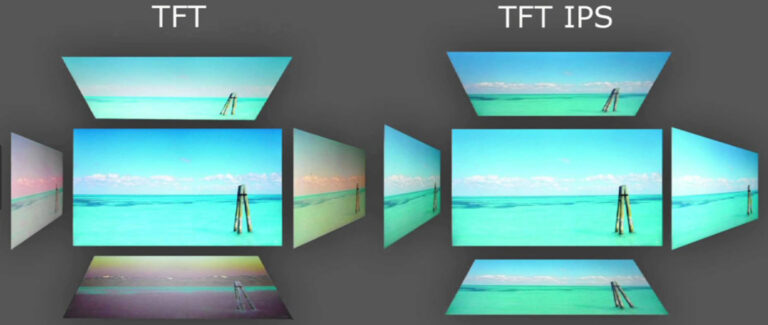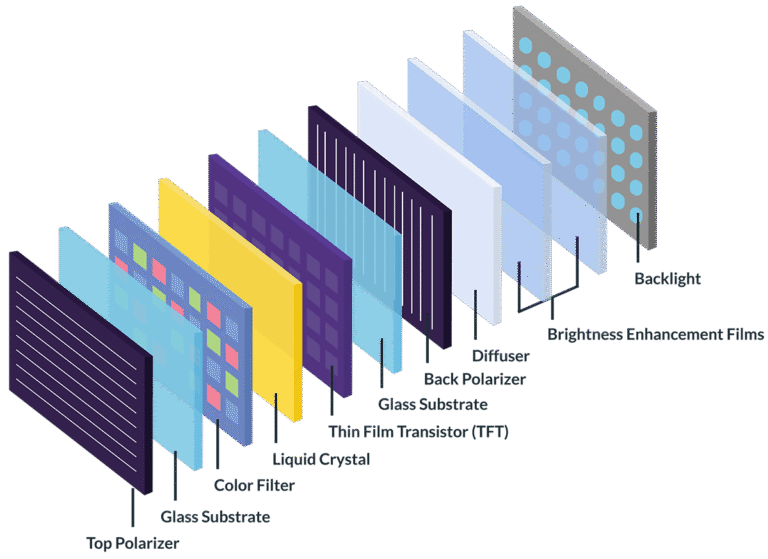
In today’s evolving real estate landscape, Quick Service Restaurant (QSR) development isn’t just about dropping a drive-thru on a busy road anymore. It’s about strategically engineering consumer convenience, balancing speed, technology integration, and land use efficiency to match modern lifestyles.
For experienced Tampa real estate developers and Orlando real estate developers, adapting QSR sites to meet Florida’s unique growth patterns has become an essential part of smart urban planning.
Here’s how developers are refining their QSR real estate strategies to stay ahead in competitive, fast-moving markets.
1. Location Intelligence: Beyond Traffic Counts
Old-school QSR site selection was all about vehicle counts and corner visibility. But today’s successful developers are digging deeper, leveraging:
- Mobile tracking data to understand dwell time and repeat visits
- Lifestyle mapping to identify clusters of target demographics (students, young professionals, families)
- Mixed-use growth zones that combine residential, retail, healthcare, and entertainment
Tampa real estate developers are using this intelligence to spot under-served suburban and urban nodes where a QSR can thrive for the next decade—not just the next lease cycle.
2. Designing for the Multi-Channel Consumer
Consumers now approach QSRs from multiple channels: app-based ordering, curbside pickup, drive-thru, dine-in, or third-party delivery.
Smart QSR real estate planning ensures:
- Dedicated drive-thru lanes for app pre-orders
- Safe, clear pickup zones for delivery drivers
- Minimal pedestrian conflict points
- Space for future automation like AI-driven kiosks and delivery lockers
Orlando real estate developers are increasingly designing modular pads that allow QSR brands to adapt layouts to future tech without massive overhauls.
3. Maximizing Site Efficiency Without Losing Brand Impact
In a post-pandemic landscape, land costs have soared, but customer expectations for speed and comfort have only grown.
That means developers must:
- Shrink building footprints without compromising brand visibility
- Create dual-purpose spaces (like combining EV charging hubs with QSR service zones)
- Use creative signage and architecture to maintain tenant brand identity on smaller sites
By planning smarter QSR pads, developers can still deliver high-volume locations even on tighter urban or suburban lots.
4. Sustainability Matters: Eco-Smart QSR Developments
Sustainability is no longer optional—especially in Florida. New QSR projects are increasingly expected to include:
- Solar panel installations over parking or drive-thru canopies
- Stormwater management systems to handle frequent rainfall events
- Green building certifications where possible (LEED, WELL)
Both Tampa real estate developers and Orlando real estate developers are leading the way in integrating these eco-features into their QSR projects, future-proofing sites against regulatory shifts and consumer preferences.
5. Connectivity with Other Uses: Building Convenience Clusters
Instead of standalone QSR pads, developers are increasingly bundling:
- Medical centers
- Fuel and EV stations
- Retail shops
- Fitness studios or coworking hubs
This “convenience cluster” strategy ensures constant multi-purpose foot and vehicle traffic, turning every QSR investment into a broader economic engine for the surrounding area.
Final Thought
In a fast-growing, lifestyle-driven state like Florida, QSR developments are no longer just “fast food” sites. They are part of how cities move, how neighborhoods connect, and how people manage their busy lives.
By embracing smarter QSR real estate strategies, developers can not only maximize site profitability but also help shape the next generation of livable, efficient communities across Tampa, Orlando, and beyond.
For insights into successful QSR and commercial real estate development in Florida, learn more about Lawrence Todd Maxwell’s projects here.



